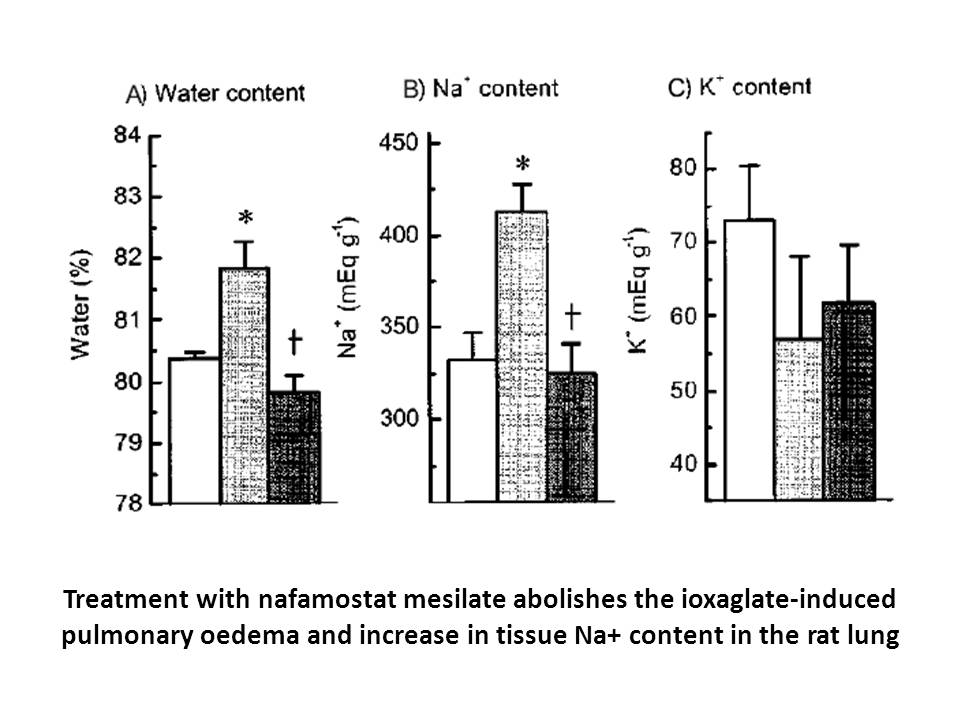Archives
It is noteworthy to mention the limitations
It is noteworthy to mention the limitations of this study like tPA plus LB1 treatment beyond 4 h after stroke was not investigated. Especially 6 or 8 h after stroke could be studied in future projects for translational purposes. Second drawback might be that we performed the experiments in different strains of mice within different stroke models. In permanent MCAO model, C57BL6 mice were used  and in transient ischemia/ thrombolysis MCAO groups, CD1 mice were used. Here our purpose was to show the applicability of FeCl3-induced MCA thrombosis model in different strains, so that different stroke laboratories would prefer this model in their experiments due to the fact that this model is easy to learn, cheap and it also results in consistent infarct volume (Karatas et al., 2011). In addition, permanent and transient ischemia models would be feasible to use with different concentrations of FeCl3 application.
and in transient ischemia/ thrombolysis MCAO groups, CD1 mice were used. Here our purpose was to show the applicability of FeCl3-induced MCA thrombosis model in different strains, so that different stroke laboratories would prefer this model in their experiments due to the fact that this model is easy to learn, cheap and it also results in consistent infarct volume (Karatas et al., 2011). In addition, permanent and transient ischemia models would be feasible to use with different concentrations of FeCl3 application.
Experimental procedures
Conflict of interest
Ethical Approval
Acknowledgement
Introduction
Lipoxygenases (LOXs) are non-heme iron containing oxygenases, which catalyze polyunsaturated fatty acids (PUFA) into lipid-hydroperoxides. The catalysis products of arachidonic terbinafine hcl receptor (AA), one of the main PUFA in animals, are hydroeicosatetraenoic (HETEs) or hydroperoxyeicosatetraenoic acids (HpETEs). These lipid mediators and their metabolites have been implicated in cancer, atherosclerosis and allergic inflammation [1], [2], [3], [4]. Consequently, LOXs are pivotal targets for drug design [5], [6]. Calcium is known to be a key regulatory factor in determining cellular physiology and studies primarily on five LOXs (mammalian 5-LOX, Plexaura homomalla coral 8R-LOX, Gersemia fruticosa coral 11R-LOX, human 15-LOX-2, and 15-LOX-1) have provided insight about Ca binding (μM to mM) and its associated effects [7], [8], [9], [10]. Cellular activation in vivo or presence of calcium in vitro allows either translocation of LOX from cytosol to membrane and/or altered enzyme activity to catalyze fatty acid substrate(s) [11], [12], [13]. In case of 11R-LOX from Gersemia fruticosa, the oxygenase activity could be observed in response to Ca (50μM) in presence of phospholipids, while ≈1.5mM Ca resulted in maximal activity [14].
LOXs have been structurally apportioned into two domains, a large C-terminal catalytic domain with prosthetic iron, and a smaller N-terminal also referred to as the PLAT (Polycystin-1, Lipoxygenase, α-toxin) domain. Due to limited success in getting crystal structures, comparisons to the C2-domain in cPLA2 and the C2-like domain in C. perfringens α-toxin, have implicated residues in LOXs, as ligands to Ca and membrane [15], [16], [17]. In fact mutagenesis in N-PLAT domain of LOXs has led to decreased Ca binding or abolished activity and a requirement for higher Ca concentration to activate LOXs [18], [19], [20]. However for few others, a low binding affinity (dissociation constant, 0.2–0.5nM) has also been proposed, suggesting the involvement of catalytic domain as well [8]. Thus, there is a great deal of variation in terms of binding of calcium and/or presence of specific binding sites. Interestingly, for both 8R-LOX from Plexaura homomalla and h5-LOX, basal activities have been observed in absence of divalent cations and Ca-stimulated activities are subject to substrate inhibition. This suggests that Ca may attain a primary role in dictating LOX dynamics, further regulating its activity secondarily. In spite of ample literature on LOX:Ca interaction, we still have no idea what exactly happens to the enzyme on binding calcium.
There are a few reports suggesting flexible nature of LOXs in solutio n under different conditions [21], [22], [23], [24], [25]. Also, some LOX structures show that the Ca-binding sites are complex in tertiary structure, which suspects a cascade of conformational changes involved on calcium binding [26]. However, there is no study that has focused on exploring the effect of calcium binding on LOX dynamics. Calcium binding is a crucial event and its effects have been investigated in other calcium sensor proteins. The associated conformational changes that different proteins undergo on Ca binding and their downstream response have been discussed [27], [28], [29], [30], [31], [32], [33]. Thus, it intrigued us to investigate the behavior of a unique vertebrate 12-LOX from zebra fish and explore its structural-functional aspects in response to calcium.
n under different conditions [21], [22], [23], [24], [25]. Also, some LOX structures show that the Ca-binding sites are complex in tertiary structure, which suspects a cascade of conformational changes involved on calcium binding [26]. However, there is no study that has focused on exploring the effect of calcium binding on LOX dynamics. Calcium binding is a crucial event and its effects have been investigated in other calcium sensor proteins. The associated conformational changes that different proteins undergo on Ca binding and their downstream response have been discussed [27], [28], [29], [30], [31], [32], [33]. Thus, it intrigued us to investigate the behavior of a unique vertebrate 12-LOX from zebra fish and explore its structural-functional aspects in response to calcium.